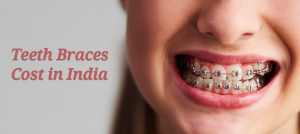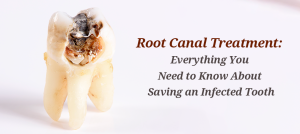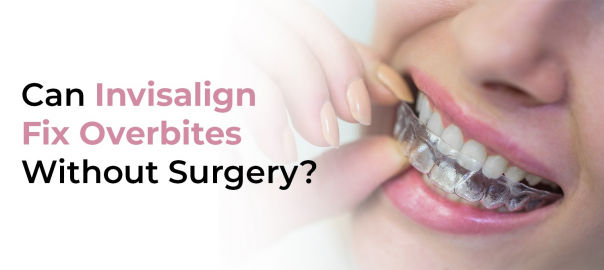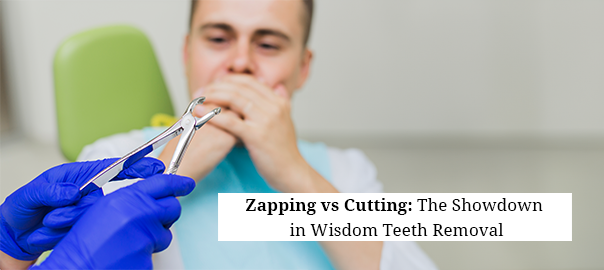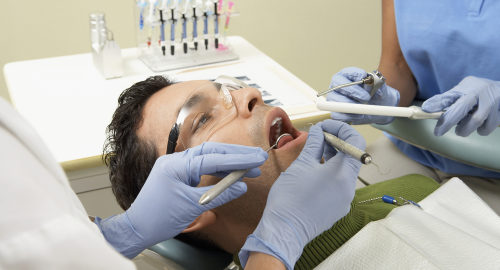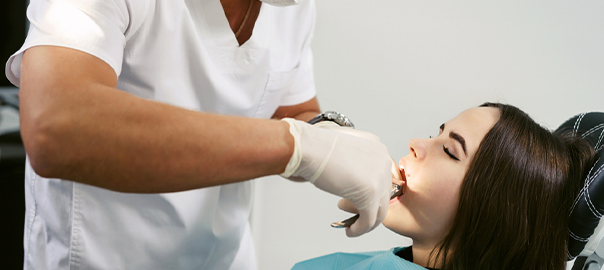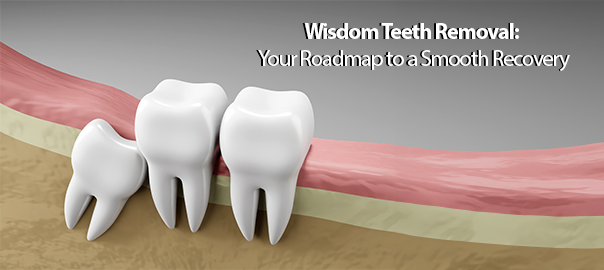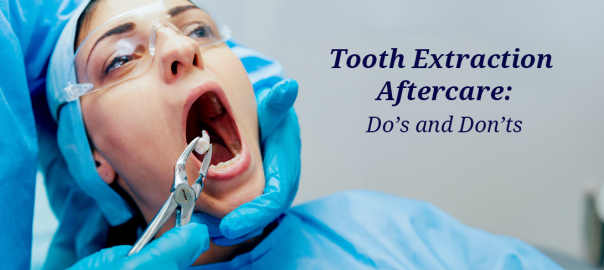
Tooth Extraction Aftercare: Do’s and Don’ts for a Faster Recovery
Although tooth extraction is a common dental procedure, proper aftercare is crucial for a speedy recovery and to avoid problems like infection or dry socket.
Following the right protocols can significantly accelerate your recovery from any treatment. Be it wisdom tooth extractions or mobile, having the right set of knowledge always helps.
The main dos and don’ts to ensure a quick and comfortable recovery will be covered in this guide.
Quick Summary: What You Need to Know
- Healing Timeline: Blood clot forms within 24 hours, gums heal in 1-2 weeks, and full bone recovery can take a few months.
- Essential Do’s: Control bleeding with gauze, use ice packs for swelling, eat soft foods, and rinse with salt water after 24 hours.
- Important Don’ts: Avoid smoking, drinking with a straw, or eating hard foods that can disrupt healing.
- Pain & Swelling: Normal for the first few days; use prescribed medications and cold compresses.
- When to Call a Dentist: Persistent pain, swelling, or uncontrolled bleeding beyond 3-4 days may indicate complications.
Keep reading for detailed aftercare tips to ensure a smooth recovery!
What to Expect After a Tooth Extraction?
Understanding the tooth extraction healing stages helps in monitoring progress and ensuring a problem-free recovery:
| Healing Stage | Timeline | What Happens? |
|---|---|---|
| First 24 Hours | Blood clot forms | Initial bleeding stops, clot formation begins to protect the socket. |
| Day 2-3 | Swelling peaks | Some discomfort and minor swelling are normal. |
| Day 4-7 | Tissue regeneration | The extraction site starts healing, and pain gradually subsides. |
| Week 2 & Beyond | Gum closure | Gums close over the socket, while bone healing continues. |
| Months 1-4 | Bone healing | The jawbone starts filling in, with significant healing by 10 weeks and near-completion by 4 months. |
NOTE?
Wisdom tooth extraction may take longer due to deeper sockets and jaw involvement.
Healing varies by individual: Factors like smoking, diabetes, extraction type (simple vs. surgical), and aftercare compliance affect recovery speed.
Do’s: Essential Aftercare Tips
1. Control Bleeding
Bite down on a gauze pad for 30-45 minutes post-extraction, as advised by your dentist.
If bleeding persists, use a damp tea bag (rich in tannins, which aid clotting).
To use: Soak a black tea bag in hot water for a minute, let it cool, then place it on the extraction site and bite gently for 15-30 minutes.
Stick to a cold diet for the first 24 hours—ice cream and cold water sips can help reduce bleeding.
Apply intermittent ice packs to your cheek near the extraction site to minimize swelling.
2. Reduce Pain and Swelling
Apply an ice pack on your cheek for the first 24 hours (15 minutes on, 15 minutes off).
Take pain relievers prescribed by your dentist based upon your overall health, such as ibuprofen or acetaminophen.
3. Maintain Oral Hygiene (Gently!)
Avoid rinsing for the first 24 hours.
After 24 hours, rinse with warm salt water (½ teaspoon salt in a glass of water) 2-3 times a day.
Brush your teeth gently after almost 24 hours, avoiding the extraction site.
4. Eat Soft, Nutritious Foods
Stick to a soft diet to prevent irritation. Some recommended foods:
| Best Foods | Avoid These |
|---|---|
| Yogurt | Chips, nuts |
| Mashed potatoes | Hard candies |
| Smoothies (no straw) | Spicy foods |
| Scrambled eggs | Crunchy vegetables |
5. Rest and Stay Hydrated
- Avoid strenuous activities for 24-48 hours.
- Keep your head elevated while sleeping to reduce swelling.
- Drink plenty of water (without using a straw).
Some Things to Be Careful About
- A transient lack of feeling in the lips and cheeks results from the anesthetic used for extraction numbing nearby tissues.
- When examining for sensation, patients may inadvertently bite their lips or cheeks, which can result in discomfort and serious wounds.
- Until complete sensation returns, take care not to bite or touch the area.
Don’ts: Mistakes to Avoid
1. Don’t Smoke or Use a Straw
Smoking or using a straw can dislodge the blood clot, causing dry socket, a painful condition that delays healing.
2. Avoid Forceful Spitting or Rinsing
This can disturb the clot and prolong healing. Instead, rinse gently after 24 hours.
Up to 24 hours, it is advised to swallow the saliva and blood coming into the oral cavity. This helps in better healing.
3. Don’t Eat Hard or Sticky Foods
Avoid anything hard, crunchy, or sticky that can get lodged in the socket and cause irritation.
4. No Alcohol or Carbonated Drinks
These can irritate the extraction site and delay recovery.
5. Don’t Touch the Extraction Site
Avoid using your tongue or fingers to poke at the socket to prevent infection.
When to Call Your Dentist?
| Symptoms | Possible Issue |
|---|---|
| Excessive bleeding beyond 24 hours | Improper clotting |
| Severe pain after 3-4 days | Dry socket |
| Persistent swelling or pus | Infection |
| Fever or chills | Infection |
| Numbness or difficulty opening the mouth | Nerve damage (rare) |
Wisdom Tooth Extraction Aftercare: Extra Tips
- Expect jaw stiffness and mild difficulty opening your mouth.
- Use cold compresses for 24-48 hours.
- Avoid chewing on the extraction side for at least a week.
- Stick to liquid and soft foods for 5-7 days.
- Follow up with your dentist if pain persists beyond 7-10 days.
Tooth Extraction Cost at Clove?
| Type of Extraction | Starting Price |
|---|---|
| Mobile Tooth Extraction | Approximately Rs. 890 |
| Non-Surgical Firm Tooth Extraction | Starting at Rs. 1,890 |
| Impacted Tooth (Surgical Extraction) | Depending upon the complexity, depth and positioning of the wisdom tooth it ranges from Rs. 6,790 – Rs. 13,400 |
Follow the Right Aftercare for a Speedy Recovery
Following proper tooth extraction aftercare ensures faster healing and pain-free recovery.
Stick to the do’s and don’ts, eat soft foods, avoid smoking, and contact your dentist if any complications arise.
Need professional dental care? Book an appointment at Clove Dental today!
Frequently Asked Questions (FAQs)
1. What are the phases of recovery following tooth removal?
Healing occurs in phases:
Initial clot formation (24 hours)
Peak swelling (Day 2-3)
Tissue regeneration (Week 1)
Gum closure (Week 2+)
Bone healing (3-6 months)
2. How can I promote my tooth extraction’s healing process?
Follow your dentist’s aftercare instructions strictly. Relax, consume soft foods, refrain from smoking, utilize saltwater rinses, and maintain cleanliness at the site.
3. After a tooth extraction, how long does discomfort last?
Generally the first 48 to 72 hours are when the pain is at its worst. It gradually decreases over the next 5-7 days as the healing process progresses.
If severe pain persists beyond a week, it is advised to consult your dentist.
4. How do I know if my tooth extraction is healing properly?
A normal healing process includes reduced pain, clot stability, gum closure within 2 weeks, and no excessive swelling or discharge.
5. What are the do’s and don’ts after a tooth extraction?
Do: Rest, apply ice, rinse gently, eat soft foods.
Don’t: Smoke, use a straw, touch the site, eat hard foods, or rinse forcefully.
By-
Dr. Shreya Singh
Leave a Reply
Leave a Reply
POPULAR POST






